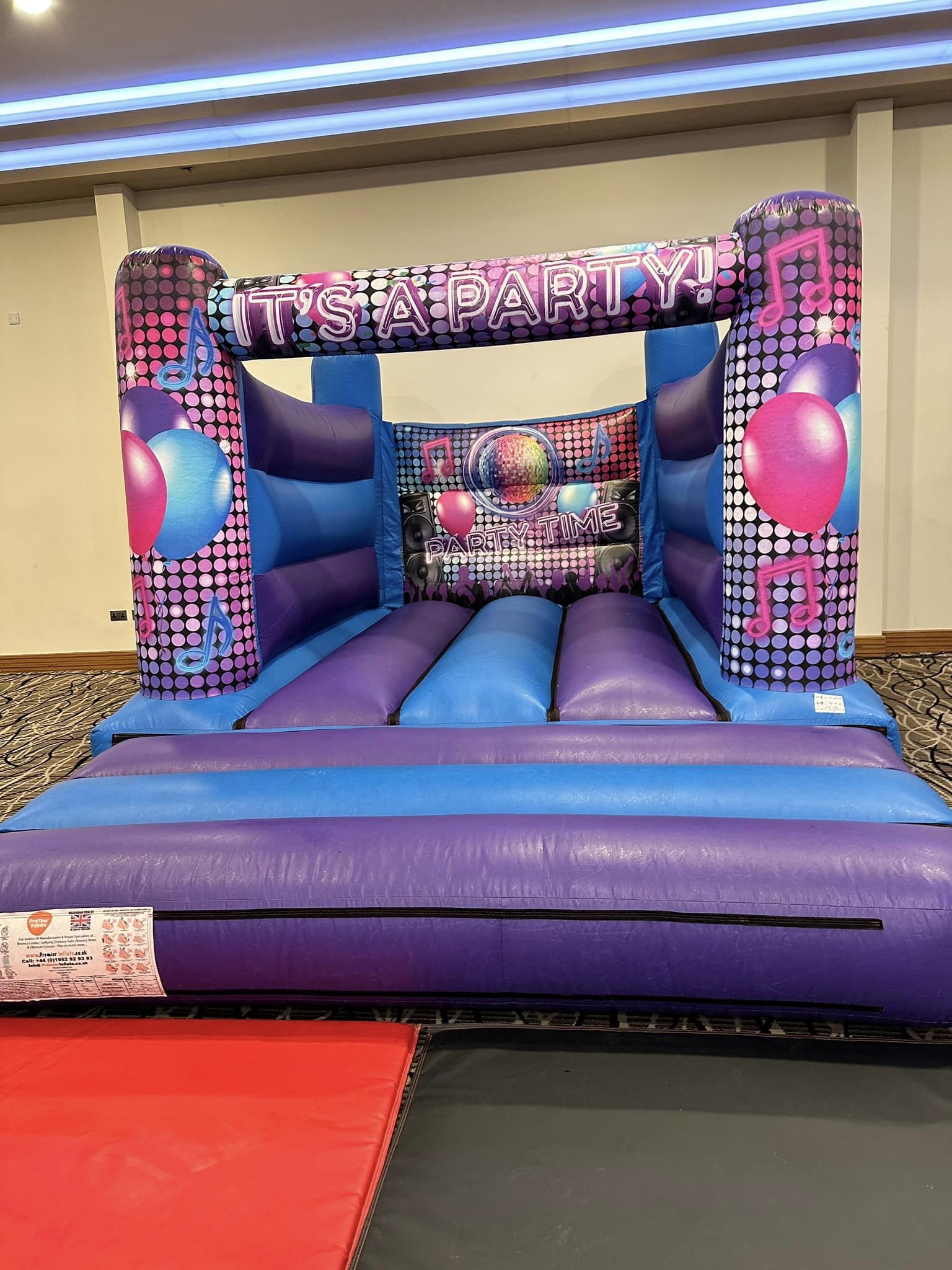
Bouncy castles are a staple at children's parties, community fairs, and family gatherings. These inflatable playgrounds provide endless fun, but ensuring everyone’s safety and enjoyment requires a bit of etiquette. Here are some essential dos and don'ts for bouncy castle users to follow.
Dos: Ensuring Safety and Fun
-
Do Follow the Rules: Every bouncy castle comes with a set of guidelines, typically posted nearby. These rules are there to ensure everyone’s safety, so read and follow them carefully. Common rules include limits on the number of users, age restrictions, and prohibited behaviors like flips or roughhousing.
-
Do Remove Shoes and Sharp Objects: Before entering the bouncy castle, make sure all users remove their shoes. Shoes can damage the inflatable surface and pose a tripping hazard. Also, check pockets and remove any sharp objects like keys, jewelry, or pens, which can puncture the castle or injure other users.
-
Do Supervise Children: Adult supervision is crucial. Children can get overexcited and might not always follow the rules, so having an adult nearby to monitor their behaviour and step in if necessary is essential for maintaining a safe environment.
-
Do Organise Turn-Taking: If there are many children eager to play, organise a system for turn-taking to avoid overcrowding. A set time limit for each group can help ensure that everyone gets a chance to enjoy the bouncy castle without it becoming too crowded and chaotic.
-
Do Keep the Castle Clean: Encourage users to keep the bouncy castle clean by not bringing food, drinks, or chewing gum inside. Spills can make the surface slippery and dangerous, while food and gum can cause stains and attract insects.
-
Do Maintain Proper Age Groups: Try to group users by similar age and size to prevent accidents. Older, larger children can unintentionally injure smaller ones if everyone is bouncing around together. Having separate sessions for different age groups can help mitigate this risk.
-
Do Use a Safety Mat: Place a safety mat at the entrance and exit of the bouncy castle. This can help prevent injuries from falls when children are getting in and out of the castle.
Don'ts: Avoiding Common Pitfalls
-
Don’t Overcrowd the Castle: Overcrowding can lead to accidents and injuries. Stick to the recommended number of users, which is usually specified by the manufacturer. Overloading the bouncy castle can also cause it to deflate or tear.
-
Don’t Allow Rough Play: Roughhousing, such as wrestling, pushing, or aggressive bouncing, should be discouraged. Such behavior increases the risk of collisions and injuries. Remind children to play nicely and respect others’ space.
-
Don’t Ignore Weather Conditions: Pay attention to the weather. Strong winds and rain can make bouncy castles unsafe. Most inflatables are designed for use in calm weather conditions. If the weather turns bad, it’s best to deflate the castle and wait for better conditions.
-
Don’t Mix Age Groups: Mixing toddlers with older children can be dangerous. The difference in size and weight means that younger kids are more susceptible to being knocked over or injured. Keep play times separate for different age groups whenever possible.
-
Don’t Let the Castle Go Unattended: Never leave the bouncy castle unattended, especially when children are playing inside. An adult should always be present to monitor activity and intervene if any issues arise.
-
Don’t Allow Climbing on Walls: The walls of the bouncy castle are there for safety and are not designed to be climbed. Climbing on the walls can lead to falls and injuries and can also damage the structure of the castle.
-
Don’t Use If Damaged: If you notice any damage to the bouncy castle, such as tears, leaks, or deflation, do not use it. Continuing to use a damaged inflatable can be dangerous. Report the damage to the operator or owner immediately so it can be repaired.
Additional Tips for Enjoyment
-
Hydrate and Rest: Playing on a bouncy castle can be quite strenuous, so ensure that children take breaks to hydrate and rest. Overexertion can lead to fatigue and increase the risk of accidents.
-
Proper Attire: Ensure that children wear appropriate clothing. Loose, comfortable clothes without sharp zippers or buttons are best. Avoid clothing with long strings or scarves that can get caught.
-
First Aid Kit: Have a basic first aid kit on hand. In the event of minor injuries like scrapes or bruises, being able to quickly provide first aid can prevent the situation from becoming more serious.
-
Communication: Teach children to communicate with each other. If someone needs to stop or feels uncomfortable, they should feel empowered to speak up. Encouraging open communication helps ensure that everyone has a good time.
Bouncy castles can be a highlight of any event, offering laughter and fun for children and peace of mind for parents and supervisors when proper etiquette is followed. By adhering to these dos and don'ts, everyone can bounce safely and happily.
Book your bouncy castle here.
<< Return to news